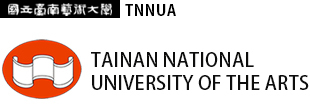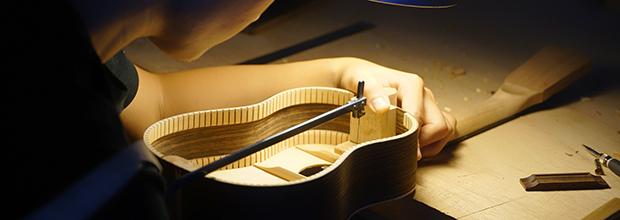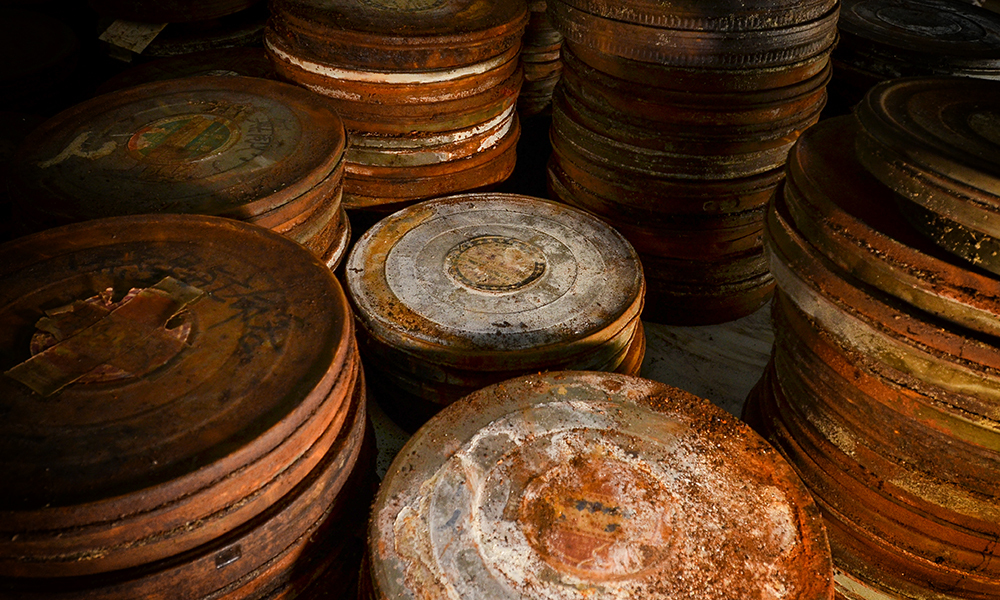Film Restoration Room
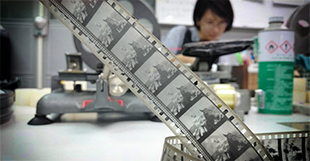
The Film Restoration Room is located on the first floor of the Newsreel and Documentary Film Archives building and is responsible for carrying out film restoration. The Film Restoration Room possesses professional film repair equipment such as light boxes, film reel measurers / synchronizers, hand presses, synchronizers, film slicers, 35 / 16mm film cutters / viewers, professional cleaning cloths, film cleaning fluid, magnifying glasses, feed magazine, core film, gloves, masks, etc.
After a film arrives, it is first inspected and registered. Each film reel is individually inspected and basic information such as its broadcast date, specifications, material, length, original packaging, outward appearance, leader, etc is recorded.
The beginning and ends of films are susceptible to deterioration due to contact with the external environment. In order to protect film, leaders are placed at the beginning and ends of film during the restoration process. In addition, placing leaders on the film can also help in the replication process of the printing plant. Perforation tears and the film itself can be repaired with special splicing tape. After the entire reel is completely repaired, the film base is cleaned and reinspected for any gaps or damage; if none are found, a "Film Restoration Record" is filled out.
Image Transfer Room
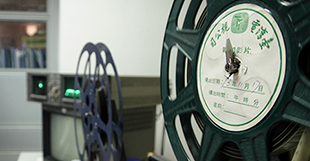
The Image Transfer Room is also located on the first floor of the Newsreel and Documentary Film Archives building and carries out digital restoration and conversion work. The workshop is divided into three main sections. They are:
1. Telecine Workstation
This workstation handles the telecining of restored and sorted film. Film is also monitored during the telecine process, during which a worksheet with film synopsis and paragraph summaries is created.
2. Digitalization Workstation
Restored and organized films are then digitalized. In addition to creating a backup of the original file, the workstation also creates high-quality separate audio and video files, which are archived in the magnetic tape library.
3. Digital Restoration Workstation
Starting from 2012, the center has procured film cameras and digital movie playback equipment in line with film industry production standards and began restoration processes for digital images.
The digital restoration system can process digital film files, including adjusting for image stabilization, de-flickering, deleting smudges, repairing tears, etc. After the digitalization process is complete, the film is output in DCP or other digital formats for convenient circulation. The original scanned files and repaired files are both kept for archiving.
Analog Restoration Room
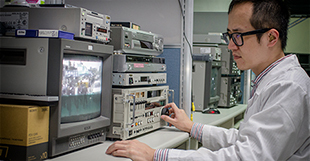
The Analog Restoration Room is located on the first floor of the Newsreel and Documentary Film Archives building and carries out repair and restoration of analog media and documents, ranging from voice tapes, VHS and Beta tapes and paper documents.
The Analog Restoration Room also carries out videotape replication processes including inspection, cleaning, replication, archiving and storage. All video clips are sorted by category and logged onto their respective lists with their basic information, such as dates, content and serial numbers to facilitate future organization and queries.
In addition, with the copyright holder's consent a copy of each tape is produced to serve as a backup for the original. Separate high-quality audio and video files are established and archived in the film library.
